I’ve been growing some veggies in raised beds in our backyard. As with most gardens, there have been hits and misses.
Among the misses, thus far, have been the tomatoes. Thanks to the elaborate bamboo (quasi-native to my backyard, unfortunately) support structure, the plants are taller than me. Yet, I’m still waiting for my first red tomato.
Well…I’m not holding my breath for one since my wife discovered that our yard is home to a squirrel with a taste for tomatoes. I keep finding half-eaten tomatoes around and that’s the worst part–he’s so wasteful with them!
 While I’m looking into netting and ripening them off the vine, I have plenty of green tomatoes waiting for a purpose. So I decided to make some fried green tomaters. As you can see, they worked out pretty well.
While I’m looking into netting and ripening them off the vine, I have plenty of green tomatoes waiting for a purpose. So I decided to make some fried green tomaters. As you can see, they worked out pretty well.
I battered them with egg, milk and breading. To get the breadcrumbs, not something I use much or keep around, I blendered some old heels of a sourdough loaf. It worked quite well. The tomatoes fried up nicely and were pretty tasty. Of course, they were about one tenth as good as a ripe, homegrown tomato. Alas…
At the end of all the dipping, I had plenty of leftover egg. I mixed the remains of the beaten egg, milk and seasoned breadcrumbs and fried it up into a sort of griddle cake. I didn’t get a picture of it because it disappeared so quickly.Next time I make eggs, I might just add some bread crumbs, salt and herbs and be totally satisfied. Then again, a little red tomato wouldn’t hurt.
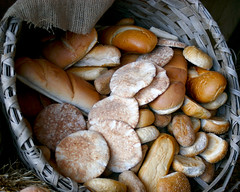
 contaminating shared plates with germs.
contaminating shared plates with germs.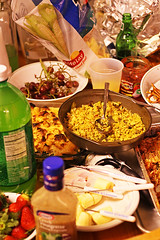 via Anaerobic Digestion. Pretty specific first, there! But great news, nonetheless.
via Anaerobic Digestion. Pretty specific first, there! But great news, nonetheless.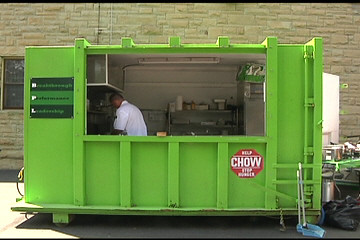 Every Friday this summer, area food recovery group
Every Friday this summer, area food recovery group 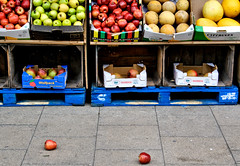 In addition to encouraging folks to map and harvest public fruit, they’re big on community-building. Part of that comes from their annual
In addition to encouraging folks to map and harvest public fruit, they’re big on community-building. Part of that comes from their annual 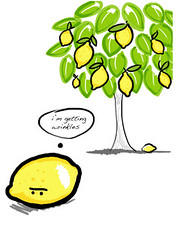 Concord, California’s
Concord, California’s 